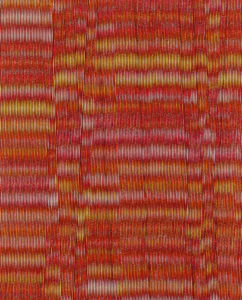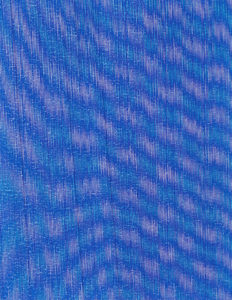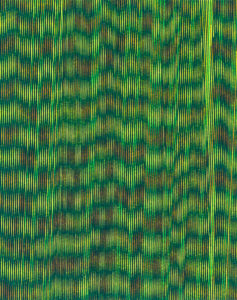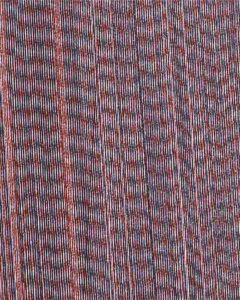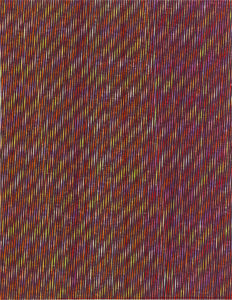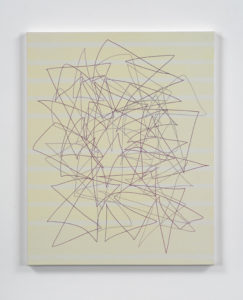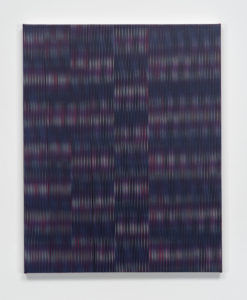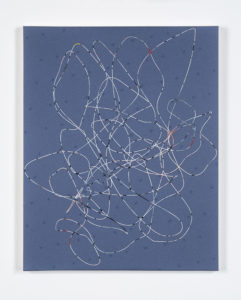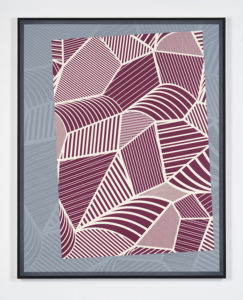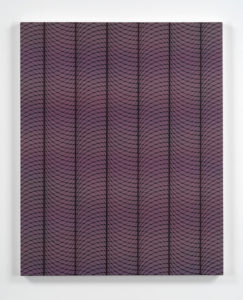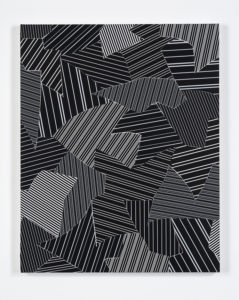April 6, 2017—May 13, 2017 | Reception Thursday, April 7th, 6-8pm
James Harris Gallery is pleased to present our second solo exhibition by New York based artist Cameron Martin. Since his last show at the gallery in 2014, Martin has taken a decisive new direction with his work. Breaking from the image-based landscape paintings he is known for, his new body of work explores current generative roles for abstraction, making a case for achronological modes of production and beautifully elucidating tensions between technical control and artistic abandon.
Cameron Martin
Cameron Martin is a contemporary painter whose work over the years has varied from landscape paintings to more recent abstract works focusing on color, shape, and space. Much of Martin’s work in the past has played with notions of site and non-site, with the image serving as a marker for unattainable direct experience. In this new work, it is as if Martin has revealed the originary site. No longer insisting on the muted tones characteristic of his earlier work, which elicited a contemplative silence, there is a sense of optimism in the commanding presence of these new pictures, a timeless physicality that has the potential to endure.
Cameron Martin was born in Seattle, Washington in 1970 and lives and works in Brooklyn, NY. He was educated at Brown University and the Whitney Independent Study Program. He is the recipient of a 2010 John Simon Guggenheim Memorial Foundation Fellowship and a 2008 Joan Mitchell Foundation Fellowship. Solo exhibitions include ”Bracket”, Greenberg Van Doren Gallery, NY (2011), “Currents 97”, St. Louis Museum of Art, St. Louis, MO (2006), and “Focus 3”, Philbrook Museum of Art, Tulsa, OK (2006). Martin was included in the prestigious Whitney Biennial in 2004. His works are included in the collections of the Albright-Knox Art Gallery, the Saint Louis Art Museum, the Seattle Art Museum and the Whitney Museum of Art, among others. In June of 2017, the Museum at SUNY Albany hosted a full-scale exhibition of his abstract work, accompanied by a catalogue including an essay by art historian and critic Suzanne Hudson.
Felt tip marker on paper
8 7/8” x 6 ¾”
Private Collection,
Inquire about this work
Acrylic on canvas
20" x 16"
Private Collection, Bellevue, WA
Inquire about this work
Acrylic on canvas
30" x 24"
Private Collection, Jakarta, Indonesia
Inquire about this work

